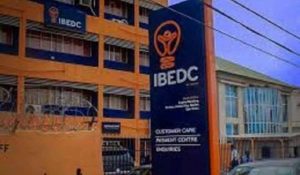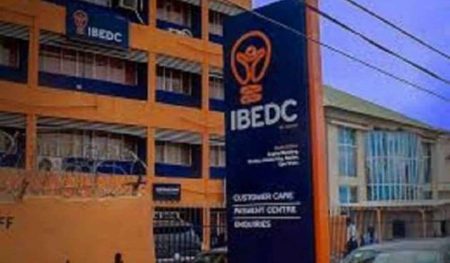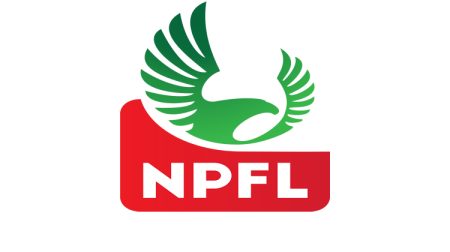Understanding and Managing Cash Flow: The Foundation of Financial Stability
Cash flow, the continuous movement of money in and out of accounts, is the lifeblood of both personal and business finances. Effective cash flow management is not merely about profitability; it’s about ensuring sufficient liquidity to meet obligations, capitalize on opportunities, and weather financial storms. Poor cash flow management can quickly lead to missed opportunities, mounting financial stress, and ultimately, insolvency. Individuals and businesses alike must prioritize understanding and controlling their cash flow to achieve long-term financial health and growth. This involves not only maximizing income but also optimizing how money is spent, saved, and invested.
Analyzing Cash Flow and Creating a Realistic Budget
The first step towards managing cash flow is understanding its dynamics. This involves meticulously tracking all sources of income and categorizing expenses. For individuals, this means differentiating between essential expenses (housing, food, utilities), non-essential expenses (entertainment, dining out), and savings contributions. Businesses utilize cash flow statements to gain a clear overview of inflows (sales, investments) and outflows (salaries, rent, supplies). Regular review of these statements facilitates proactive financial decision-making. Budgeting is the next crucial step. A realistic budget serves as a financial roadmap, outlining projected income and allocating funds for essential expenses, discretionary spending, and savings or investment goals. For businesses, budgets should also incorporate provisions for operating costs, growth initiatives, and emergency reserves. Adhering to a budget ensures that spending aligns with financial objectives and prevents unnecessary shortfalls.
Strategies for Optimizing Cash Flow: Reducing Expenses and Increasing Income
Once a budget is in place, strategies for optimizing cash flow can be implemented. Reducing unnecessary expenses is a powerful tool. Individuals can identify areas for cutbacks, such as dining out less, cancelling unused subscriptions, or negotiating better rates on services. Businesses should analyze operational costs and eliminate wasteful spending, perhaps by switching to more cost-effective suppliers, optimizing inventory management, or streamlining overhead costs. Simultaneously, increasing income streams can significantly bolster cash flow. Individuals can explore salary negotiations, side hustles, freelance work, or investments that generate passive income. Businesses can diversify their revenue streams, introduce new products or services, improve customer retention, and expand their market reach, particularly through digital platforms.
Debt Management, Emergency Funds, and Long-Term Financial Planning
Effective debt management is crucial for maintaining healthy cash flow. High-interest debt should be prioritized, while minimum payments are maintained on other debts. Debt consolidation or refinancing can also help reduce monthly obligations. Businesses can renegotiate loan terms, delay non-essential expenditures, or secure low-interest financing. Maintaining a good credit score is essential for accessing favorable credit options when needed. Building an emergency fund is another critical step. This financial safety net provides a buffer against unexpected expenses and prevents reliance on high-interest debt during crises. Experts recommend setting aside three to six months’ worth of living expenses for individuals and maintaining a cash reserve sufficient to cover operational costs during lean periods for businesses.
Continuous Monitoring and Adjustment: The Key to Sustainable Cash Flow Management
Cash flow management is not a static process; it requires continuous monitoring and adjustments. Regular review of financial statements, whether weekly or monthly, allows for early identification of potential issues and allows for timely corrective action. Utilizing financial tools, budgeting apps, or consulting with financial advisors can provide valuable insights and optimize cash flow strategies. Beyond day-to-day management, long-term financial planning is essential. Investing in retirement accounts, real estate, or other appreciating assets can create long-term wealth for individuals. For businesses, strategic planning includes reinvesting profits into growth initiatives, exploring new markets, and ensuring long-term financial sustainability.
Practical Tips and Expert Advice for Cash Flow Management
Practical tips for effective cash flow management include creating a detailed budget for all expenses, including stationery, transportation, and capital expenditures. Tracking every transaction, potentially through accounting software or by outsourcing to an accountant, is crucial for maintaining accurate records and identifying spending patterns. Marketing budgets should be carefully considered to ensure that brand-building activities contribute to improved cash flow. Realism in budgeting is paramount, taking into account market conditions, seasonal fluctuations, and anticipated expenses. For businesses, starting small and scaling gradually can help manage cash flow effectively by minimizing overhead costs related to salaries and rent. Focusing on reducing costs without compromising quality is essential, exploring free tools and resources whenever possible. Small business owners can often wear multiple hats initially to minimize personnel expenses. Regularly monitoring expenses and seeking affordable alternatives can significantly improve cash flow. Ultimately, disciplined management of cash flow, regardless of income level, empowers individuals and businesses to achieve financial stability, pursue growth opportunities, and secure a stronger financial future.














